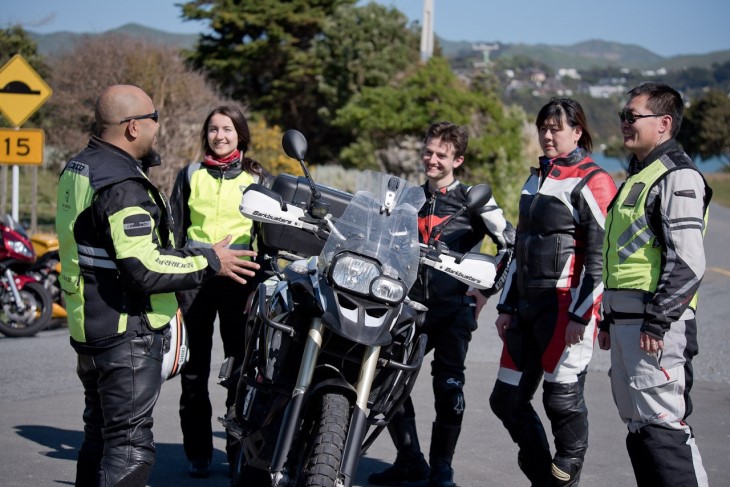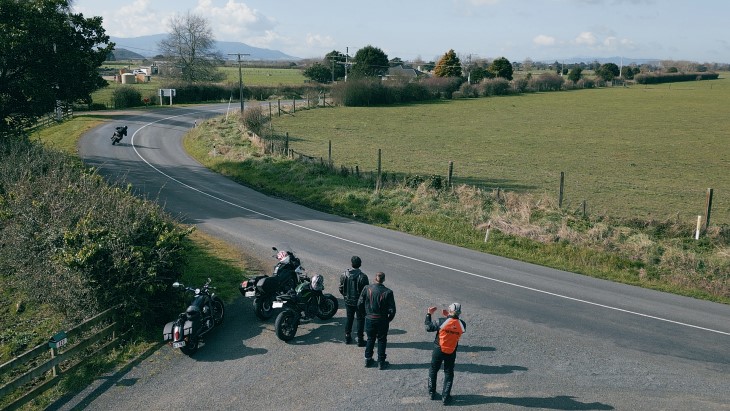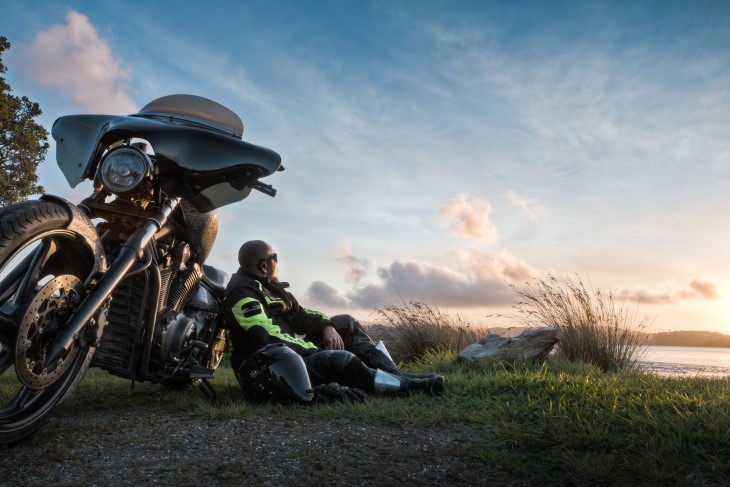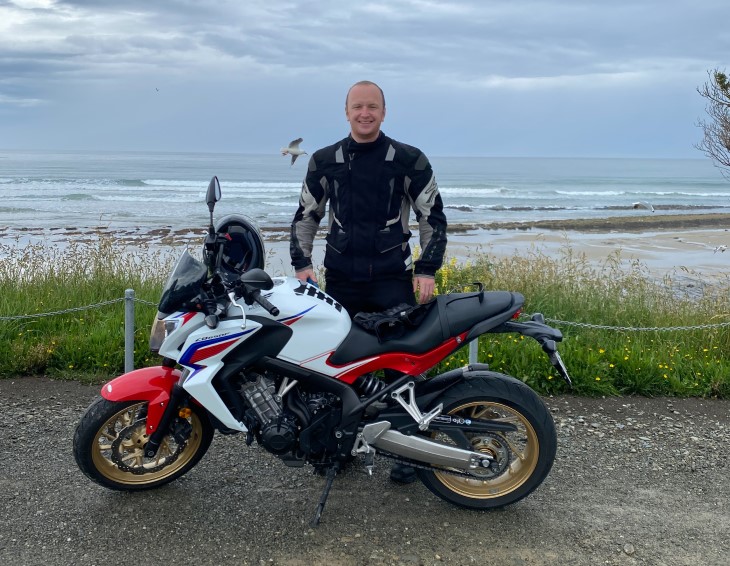Motorcycle Awareness Month: Celebrating a love of riding safely

Join us this September in celebrating Motorcycle Awareness Month, which aims to highlight the importance of motorbike safety and encourage other road users to look out for riders, particularly around urban intersections.
Every year, around 50 per cent of motorcycle riders de-register and put their bikes away over the winter months, then bring them back out in spring.
As the weather gets warmer and drier, there’s a noticeable increase in motorbike riders back on our roads and that’s reflected in ACC data on crashes, injury claims and fatalities.
In 2017, Motorcycle Awareness Month was launched when those behind Ride Forever – an ACC motorcycle safety programme – analysed the statistics and the need for greater awareness of safety.
They outlined many motorcyclists hurt themselves when they ride for the first time after a long winter break.
Motorcycle Awareness Month is run by ACC, the Motorcycle Safety Advisory Council (MSAC), NZ Police, local councils and NZ Transport Agency Waka Kotahi (NZTA).
ACC Injury Prevention Leader James Whitaker says spring is the perfect time to be thinking about riding your motorbike safely.
“As we come into September, it’s a great time of year and we want motorbike riders to celebrate their love of riding and get back on the open road,” he says.
“As you get back on the bike, make sure you’re ready to get the most out of your time.”

Motorcycle injury claims hit five-year high
In 2024, ACC accepted 4,739 motorbike-related injuries at a cost of $150 million to help people recover.
This was the highest number of injuries and the highest cost in the past five years. The active claims cost was $109 million five years ago.
Ministry of Transport data shows there were 292 deaths on our roads in 2024, and 53 of these fatalities were people who were riding motorcycles. So far in 2025, up until 19 August, there have been 196 fatalities on our roads, with 26 of them on motorbikes.
In 2024, Auckland (1,145 claims) was the leading region for motorbike-related accidents ahead of Waikato (657), Canterbury (654) and Bay of Plenty (334).
The age group with the leading number of motorbike-related injury claims was 15 to 19-year-olds (680), ahead of the 20 to 24 age group (636).
Males (3,848) had more than four times the number of motorbike-related claims compared to females (886).
Almost half of new claims for motorcycle-related injuries in 2024 were soft tissue (2,187) and the most injured parts of the body were the shoulders, knees and arms.

‘We can do a lot better’
James says motorbike riders and car drivers are both responsible for reducing motorcycle fatalities and injuries.
“We can all do a lot better,” he says.
Riders need to make sure their gear and bikes are in good condition before hitting the roads, while car drivers should keep an eye out for motorcyclists, particularly at intersections.
Car drivers are at fault in 90 per cent of crashes between cars and motorbikes at urban intersections, Ministry of Transport figures show.
“We’ve all got to be more aware of the dangers at intersections,” James says.
“When you’re sitting at an intersection – look again for motorcyclists, not just your gap. Check your blind spots too.”
Eye movement makes spotting riders tricky
A phenomenon called saccadic masking makes it less likely that drivers will see motorcyclists on the road.
The research shows when a person moves their eyes, they jump from point A to point B and don’t move smoothly like their brain leads them to believe. It’s the same process when a video camera records frames, each ‘jump’ our eyes make (called a fixation) is a frame.
“Our brain merges each fixation into what we think is a smooth picture but the movements between fixations, called a saccade, are extremely blurred and aren’t helpful images for our brain to process, so it doesn’t,” James says.
“While turning your head and looking at an intersection, each saccade acts as a blind spot. If a motorcyclist happens to fall in one of these saccades, you won’t see them.
“The faster you move your head, the longer the saccade and the higher the risk of you not seeing motorcyclists or any other smaller road user.”

The impact of Ride Forever
James encourages all motorcyclists to complete a Ride Forever course.
ACC data shows riders who’ve completed a Ride Forever course are up to 50 per cent less likely to lodge a motorcycle-related accident claim than non-trained riders.
To date, around 16,000 riders have completed at least one Rider Forever course.
Taking at least one Ride Forever course reduced the incidence of having a crash by 27 per cent and the associated claims cost by 45 per cent.
In other words, Ride Forever-trained riders crash less often, and the crashes they do have are less severe on average.
Motorcycle Awareness Month
Motorbike riders should do three things:
- Check your bikes are well-maintained
- Ensure your gear is up to scratch
- Refresh your skills by completing a Ride Forever coaching programme
For more information visit the Ride Forever website.





